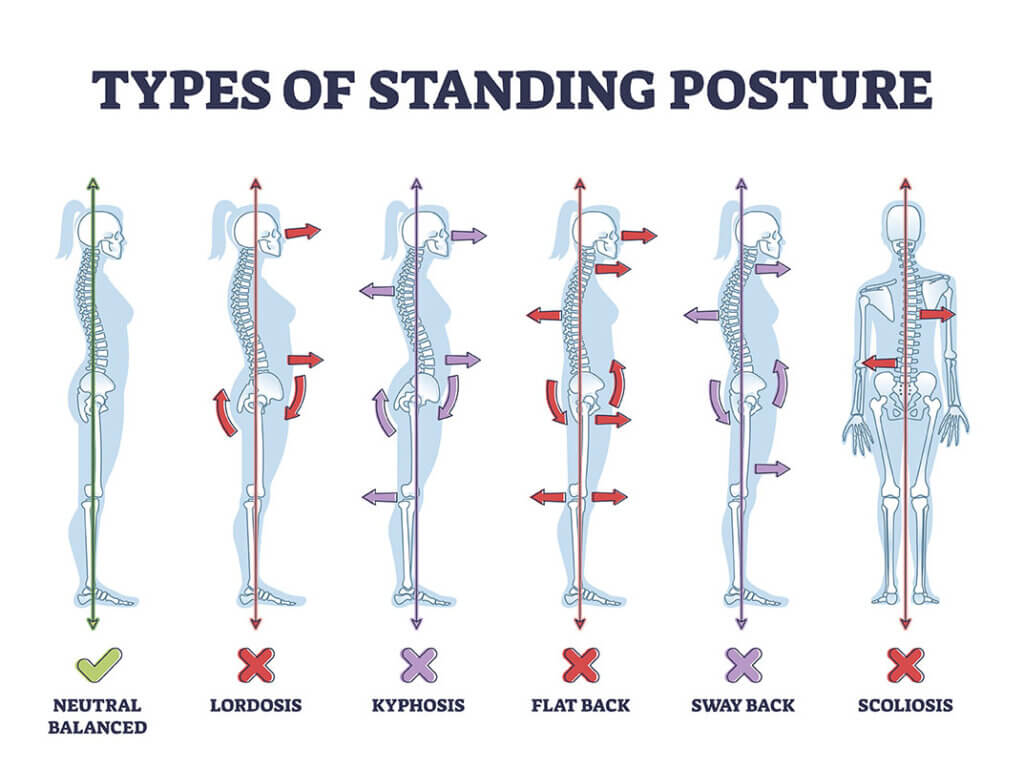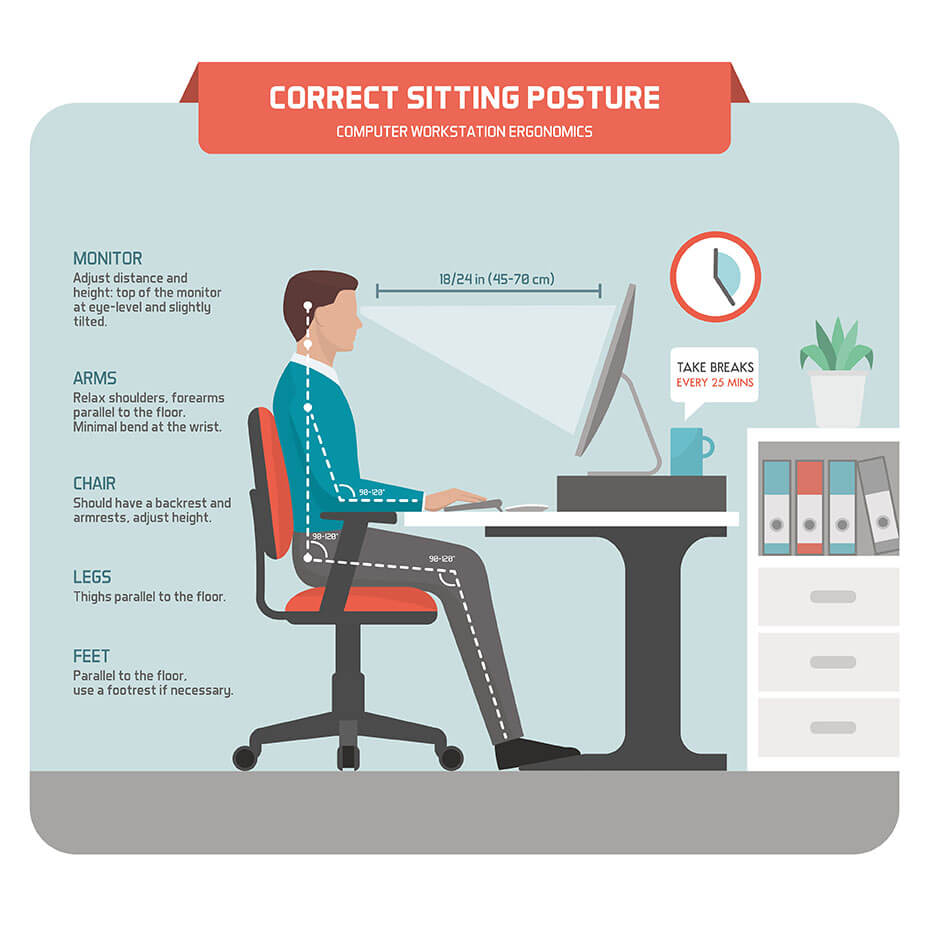A few examples for you:
If our upper back is rounded and lacks extension movement this alters the position of our shoulder joints and limits our ability to elevate or raise our arm through full range of movement.
Altered position of our head and neck, often seen as a forward head posture or chin poked forward, can create tension through our cervical muscles and contribute to headaches; cause restricted movement and/or pain through the jaw; and cause pain further down our neck and into our shoulders.
Changes to the natural curve of our lumbar spine can impact range of movement through the hip and cause muscle imbalances which may manifest as pain when running, squatting or walking up and down stairs.


Very small and relatively easy changes to our posture throughout the day can have a big impact on the position and movement of the body and assist to reduce episodes of discomfort, reduce muscle imbalances and reduce the risk of injury.
If we start to take small steps to improve our posture now, our body will most likely thank us for it later. If you already notice your lower back gets sore, you have headaches a lot or your shoulders and neck are always tight, this is not something that you just need to put up with so please contact our team of Physios at Vector Health.
Anna Mickenbecker – Physiotherapist
